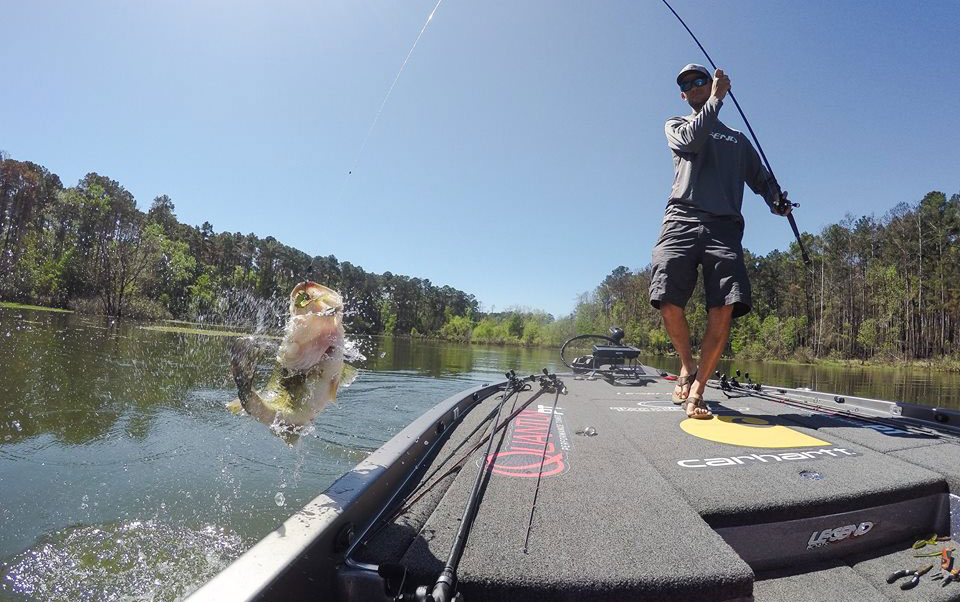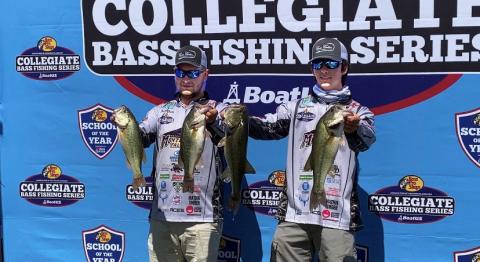How Jordan Lee Set Up to Bass Fish at Kissimmee
provided by John E. Phillips
Twenty-nine-year-old Jordan Lee, from Cullman, Alabama, has been fishing professionally for only 6 years and has had quite a remarkable career so far. In addition to his career earnings of roughly $1.5 million, during this first tournament since COVID-19, Jordan Lee won over $200,000 on the Kissimmee chain of lakes from Major League Fishing, the week of June 10th, 2020. Jordan Lee also won two Bassmaster Classics, back to back (2017-2018), the MLF Tour in 2019 and is ranked No. 2 world-wide on BassFan.com.

In the Major League Fishing’s Heavy Hitter Tournament, the angler who catches the biggest bass each day receives a big payout. Also, the bass that are officially weighed in on the final day of competition have to be at least 3 pounds instead of the usual 2-pounders. In June, 2020, the MFL Heavy Hitter Tournament began with 79 anglers with competitors practicing for two days and then participating in four days of competition. This tournament was set up in rounds, with Round One including all anglers, Round Two, 40 anglers and in Round Three the field was cut to eight anglers, with those eight competing for the title on the last day.
I was fishing offshore all four competition days. I had been fishing out in the middle of the lake and found 15-20 brush piles in Lake Toho. What made these brush piles so productive was that no one else had located them in the 5 to 7-feet deep water. The deepest part of the lake was between 8-10 feet deep. Lake Toho was a really flat lake with barely any contour to its bottom. I’d spent a lot of time in practice just idling around looking for something different with my Lowrance HDS Live 12. I had two of these units on my console and was using them to search for places to fish.
When I’m searching for brush piles, stumps, underwater logs and any cover offshore, I set my side scan to look 100 feet off the left and the right sides of my boat. Once I pinpoint some type of structure and mark it as a waypoint, I’ll plan to come back to fish it later. Bass really relate to brush piles. These brush piles were in the middle of the lake, out in No Man’s Land, where the bass didn’t have any other kind of cover on which to hold.
During practice, I located 20 individual brush piles and caught bass out of eight of them. I fished all the brush piles, although there were certain ones I could get a bite on and others I couldn’t. But every day of the tournament, a different brush pile would be the place I located the most and the biggest bass. I’d set up a milk run and fish all eight of the most productive brush piles each day. Every day, one of those brush piles would be on fire, and I was able to catch some good bass early. Then the rest of the day, I’d rotate between that brush pile and the seven other piles where I’d caught fish.






























